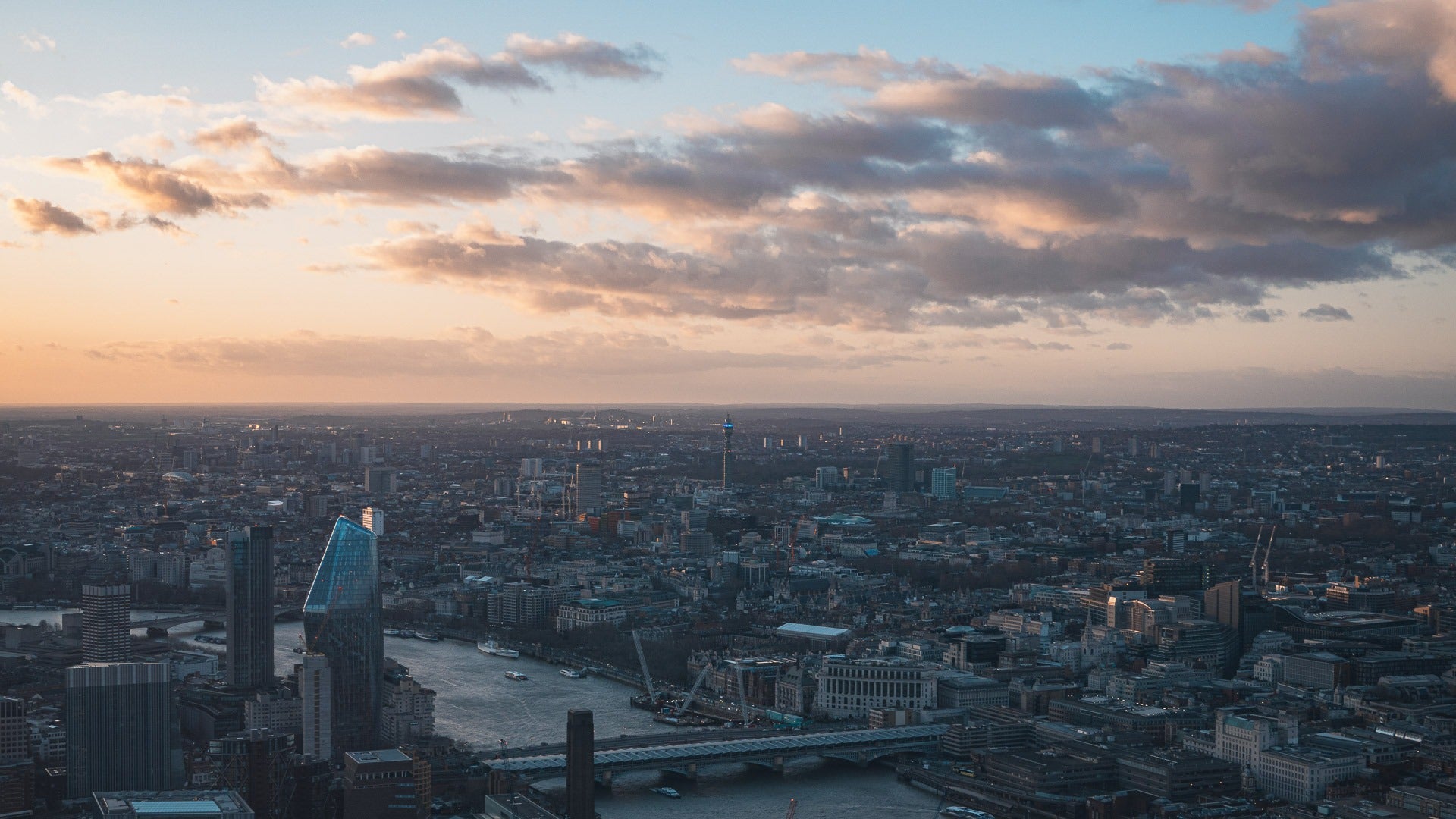ISO is the third and last component of the Exposure Triangle.
It has kind of a funny name considering it’s probably the only fully abbreviated setting on your camera, but there’s a good reason for that.
ISO stands for International Standards Organisation, and it’s totally okay if you don’t remember that - truthfully, no one does.
New to Photography?
Read about the basics of Exposure and the Exposure Triangle first!
In the old days
All you need to know is that when Photography was analogue - when people used rolls of film to take pictures - ISO was the rating that film was given so that you could know how sensitive it was to light.
This was important to know beforehand because images can be taken in any light, at any time, in bright conditions, or darker conditions. Therefore the photographer needed to know what their baseline exposure was always going to be at, so they could adjust the rest of their exposure triangle appropriately.
Today…
In the world of digital we have today, we as photographers still need to predict or modify our exposures on every shot we take, however this time, instead of ISO controlling sensitivity in film, in digital cameras, it controls the gain of the sensor.

What ISO does
The “gain” of the sensor is kind of like a volume dial. More gain sends more “power” to the sensor, causing it to become more or less bright.
Want a darker image? Turn down the volume to ISO 100. How about a brighter one? Use ISO 6400. Or if you’re feeling really specific, you can change it to any increment in-between: 100, 200, 400, 800, 1600, 3200, 6400.
All of these increments are “stops” of light; the same “stops” of light as I mentioned in the Exposure Triangle article.
A single jump from ISO 100 to ISO 200 is the same as adjusting your Aperture from f2.8 to f4, or adjusting your Shutter Speed from 1/125sec to 1/250sec as far as light is concerned.
With great power comes, grain.
But while you have quite a bit of power to control the brightness of your image with ISO, it comes at a cost.
The more ISO you use, the grainer, less dynamic, and less sharp your image becomes.
The biggest one of those to consider is grain.
Grain, or “noise”, gets introduced into the image the more ISO you use. These are teeny little dots that start to appear on your image like static on the TV. There’s a technical reason for this that you don’t ever have to worry about, so all you need to know is what noise looks like so you can determine what to do with it.
Grain looks like this:

Sometimes, grain doesn’t matter.
If you’re showcasing your images on Instagram, or it appears on a feed somewhere, or maybe it’s showcased on your website, but it’s small, then most of the time a little grain isn’t going to be a massive deal at all.
However, especially for digital, generally the more prominent the image appears to the eye, the more you need to worry about grain because you can see more details.
Note This is a generalisation, not an absolute fact—a good enough generalisation to stick with if you’re recently beginning in Photography, though.
More ISO = less dynamic range
In addition to the grain increase to your image, the more ISO you use, the more dynamic range you lose too.
Dynamic range in simple terms refers to how well your camera can capture the brightest highlights and the darkest shadows.
The more ISO you use, the smaller that range becomes. This is especially important in scenes such as sunsets or shooting directly into the sun.
These kinds of scenes have a lot of bright parts and a lot of dark parts in the same image, so you want a lot of dynamic range so that you can have the most flexibility to figure out what to do with that in your edit.
By using ISO that’s too high, both introducing grain and losing dynamic range means a lot of potentially negative things will happen to our overall image.
Some of which is a reduction in overall perceived image sharpness, as well as a reduced colour range from the lack of dynamic range and the eventual introduction of colour noise.
But fear not!
All this might sound scary, but it’s totally okay. These days, digital cameras are pretty good with ISO. We’ve come to the point where the combination of modern digital cameras (or smartphones with that computational Photography) and post-processing mean we don’t usually have to worry too much about using too much ISO; it’ll be okay in-camera, or we can fix it up in editing.

Base ISO and high ISO
As a generalisation, many cameras have their lowest ISO as 100. This is also referred to as the “base ISO” and is the lowest the camera can go.
It’s at the base ISO that the camera has the most amount of dynamic range, colours, sharpness, and the least amount of noise, so you always want to be as close to this number as possible, but not at the expense of using the incorrect Shutter Speed or the wrong Aperture.
The higher you go, the more grain etc. you introduce to the image, but the brighter your image becomes if you need it.
Usable images and high ISO
Typically, most cameras will be perfectly fine up until ISO 800, and most cameras will be able to create usable (read: will require some noise reduction and sharpening in the edit) images up till ISO 3200.
However from there, it’s only really the full-frame cameras and above that are suited to super high ISO numbers.
This is due to the physical size of the sensor itself being larger. The bigger the surface area, the more light it’s able to collect, meaning that the gain of the sensor doesn’t have to work as hard, meaning it produces less noise in general at the same ISO value as a smaller sensor.
The entry-level full-frame camera from Sony, the A7 III, for example, can produce perfectly usable images all the way up to ISO 12800 (and even ISO 25600 in some cases, depending on the lighting and how good you are at editing).
Of course, the amount of “usable” grain is a personal preference, but considering that from ISO 100 to ISO 3200 is five stops of light, there’s bound to be some give and take you can use with the rest of the exposure triangle if you’re genuinely struggling.

How to use ISO
So with that said, how do we use ISO in the best way?
Well, last.
Here’s the funny thing about ISO: It doesn’t technically control exposure.
Yes, everything you’ve read up until this point is a lie—kind of.
What I mean by that is that even though it’s a part of the exposure triangle, it doesn’t specifically control how much light hits the sensor, it only adjusts the amount of already existing exposure digitally.
Coming back to the volume dial metaphor, Aperture and Shutter speed (and other things) are the music. ISO is the volume dial; it just controls how much loudness you give it, or how much brightness you give it.
However, this whole technical thing isn’t really that big of a deal to remember if you’re recently beginning Photography. Still, I explain it here because it has a lot to do with how you should be thinking about and using your ISO.
How to actually use your ISO
When composing an image and adjusting your exposure triangle, do it in the following order:
- Adjust your Shutter Speed to suit the scene
- Decide what Aperture is appropriate
- Then adjust your ISO to level out your exposure to the correct brightness, the lower, the better.
You’ll notice that ISO is last. That’s not a mistake. ISO should always be adjusted last.
Again, that’s because Shutter Speed and Aperture are the actual determinants of exposure, and ISO is the gain of that exposure.
And also, Shutter Speed and Aperture have far more importance than ISO when it comes to creatively expressing compositions.
tl;dr
ISO is the third and final pillar of the Exposure Triangle.
It controls the gain of your exposure, adjusting how much brightness you want to add to the image.
The base ISO (usually ISO 100) of your camera produces the most amount of dynamic range, colours, sharpness, and the least amount of noise while turning up the ISO to a high value such as ISO 3200 will do the opposite.
Typically, we want as low of an ISO value as we can get, however when exposing an image, Shutter Speed and Aperture should almost always be considered first, with ISO changed last.
This is because Shutter Speed and Aperture change the actual exposure of an image, while the ISO changes the gain of that exposure. However, all 3 are necessary components to correctly exposing any image.



